Imagine having a secret weapon that could give you an edge in property investments. Sounds unreal, doesn’t it? But this superpower is less ‘cloak and dagger’ than you might think. It all boils down to understanding and mastering a numerical powerhouse called ARV. So, exactly what is ARV in real estate, and how can you harness it effectively? Let’s reveal its mystery.
Defining the Concept: What is ARV in Real Estate?
Before we dive straight into the intricacies, let’s clear some basics. You might ask, what is ARV in real estate? Simply put, it stands for After Repair Value. It is the projected value of a property after you have made all the necessary repairs and upgrades.
The History and Evolution of ARV in Real Estate
The concept of ARV isn’t new. It’s been a cornerstone of property investments, particularly in house Flipping, for quite some time. Starting from the sparse use within real estate circles during its initial days, ARV has evolved to become a deciding factor in property deals.
One could argue that the growth of ARV paralleled the evolution of property flipping. Everyone’s keen on turning a nifty, swift profit, and that is where the idea of ARV took root.
Detailed Definition of ARV in Real Estate
Let’s dive a bit deeper. The ARV of a property is calculated by assessing the current price of similar properties. You should consider those that are in the same area and offer the same amenities. The value arrived at forms the ARV. It provides a commitment, a vision, if you will, for what the property could be worth post full transformation.
Keep in mind the average cost To build a 1 500 Sq ft house and other similar factors. You’ll notice that an accurate ARV offers the bedrock for worthy investment decisions.
![What is ARV and how is it calculated? [For Real Estate Investors]](https://www.mortgagerater.com/wp-content/cache/flying-press/0Zx0R8oY4K4-hqdefault.jpg)
ARV Meaning and the Role it Plays in Property Investments
ARV is like a lighthouse to potentional property investors and flippers. It offers navigation and the information needed to avoid proverbial rocky shores.
Understanding the Role of ARV in Property Flipping
When it comes to property flipping, ARV plays a pivotal role. Think of it as the star of the whole flipping show. House flippers use the ARV to gauge the worth of a fixer-upper. It provides investors a projection of how much the property can be bought and resold for after repairs. This is crucial to ensure profitable deals and not getting down bad.
The Impact of ARV on Real Estate Valuations
ARV also has a significant impact on real estate valuations. It serves as the baseline figure that potential lenders consider before approving a loan. In short, the stronger the ARV, the more opportunities you have at advantageous financing.
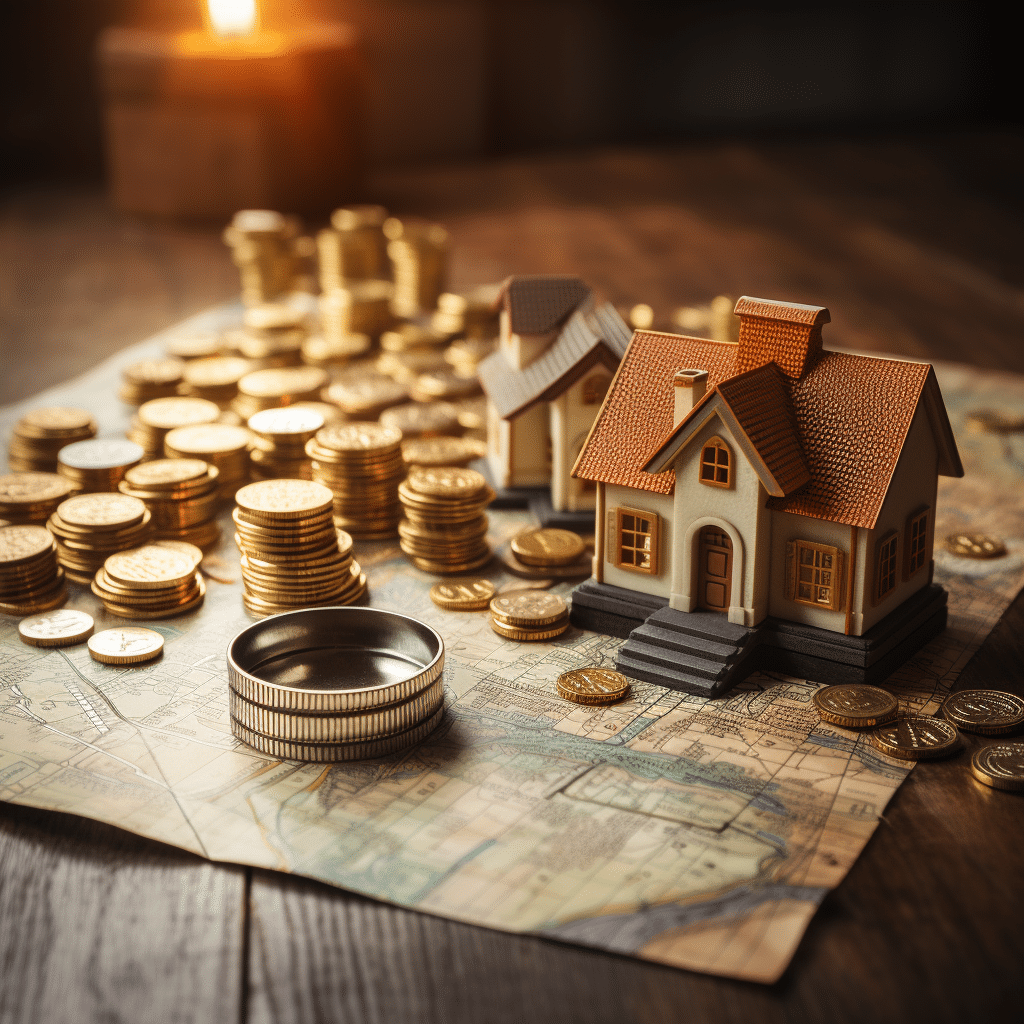
| After-Repair Value (ARV) in Real Estate | |
|---|---|
| What is it? | ARV is the estimated value of a property after all renovations have been completed. |
| Purpose | Used by house flippers to estimate the worth of a fixer-upper, including its potential resale value post-repair. |
| Method of Calculation | ARV is calculated by determining the average price per square foot and then multiplying by the property’s sq.ft. |
| Example Calculation | If the average price per sq.ft. is $150 and the property is 2000 sq.ft., the ARV would be $300,000. |
| The 70% Rule | The price paid for a property should not exceed 70% of the property’s future value after repair costs. |
| Date Updated | Last Updated on Dec 22, 2021 |
Decoding the ARV Calculator: An Essential Tool for Real Estate Investors
One tool that is indispensable for real estate investors is the ARV calculator. It’s like a trusty sidekick, guiding you through the investment process.
In-depth Understanding of the ARV Calculator
The ARV calculator is essentially a handy tool that assists in calculating the ARV of any property. It takes on board various factors such as the cost of renovations, the value Of similar Properties, market Trends, and even the economic climate. This tool helps investors get a clear picture of potential investment returns.
The Role of the ARV Calculator in Real Estate Deal Analysis
During deal analysis, the ARV calculator plays a vital role. It equips investors with a clear understanding of whether the deal is worth their while or if it’s smarter to opt for a different property instead. With the right calculations, investors can avoid biting off more than they can chew – a much-needed armor in this arena.
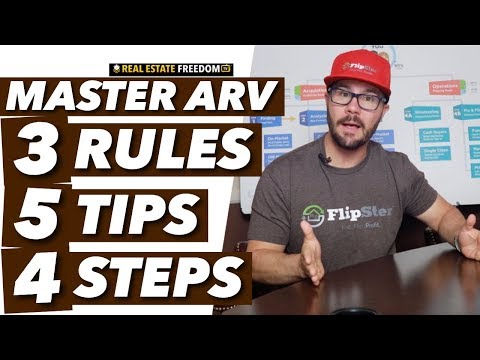
Calculate ARV: The Influencing Factors and Methodology
Understanding ARV is one thing, but knowing how to calculate it takes it up a notch. The calculation involves a fair bit of calculation and consideration of a range of crucial factors.
The Formula to Calculate ARV in Real Estate
So, how do you calculate ARV in real estate? It’s done by establishing the average per-square-foot price, divided by the total square feet of the property, and then multiplying the resultant price by the total area of the subject property. Easy, right?
Here’s the formula:
Average price-per-square-foot (from comparable sales) x Subject property’s square footage
Remember, precision and accuracy in these computations are crucial.
Understand the Different Factors That Influence ARV
While the formula might be relatively simple, the individual components are influenced by various factors. Key considerations while computing ARV include the current condition of the property, the cost of potential repairs, comparatives on recent sales of similar properties, and even impacts from broader market trends.
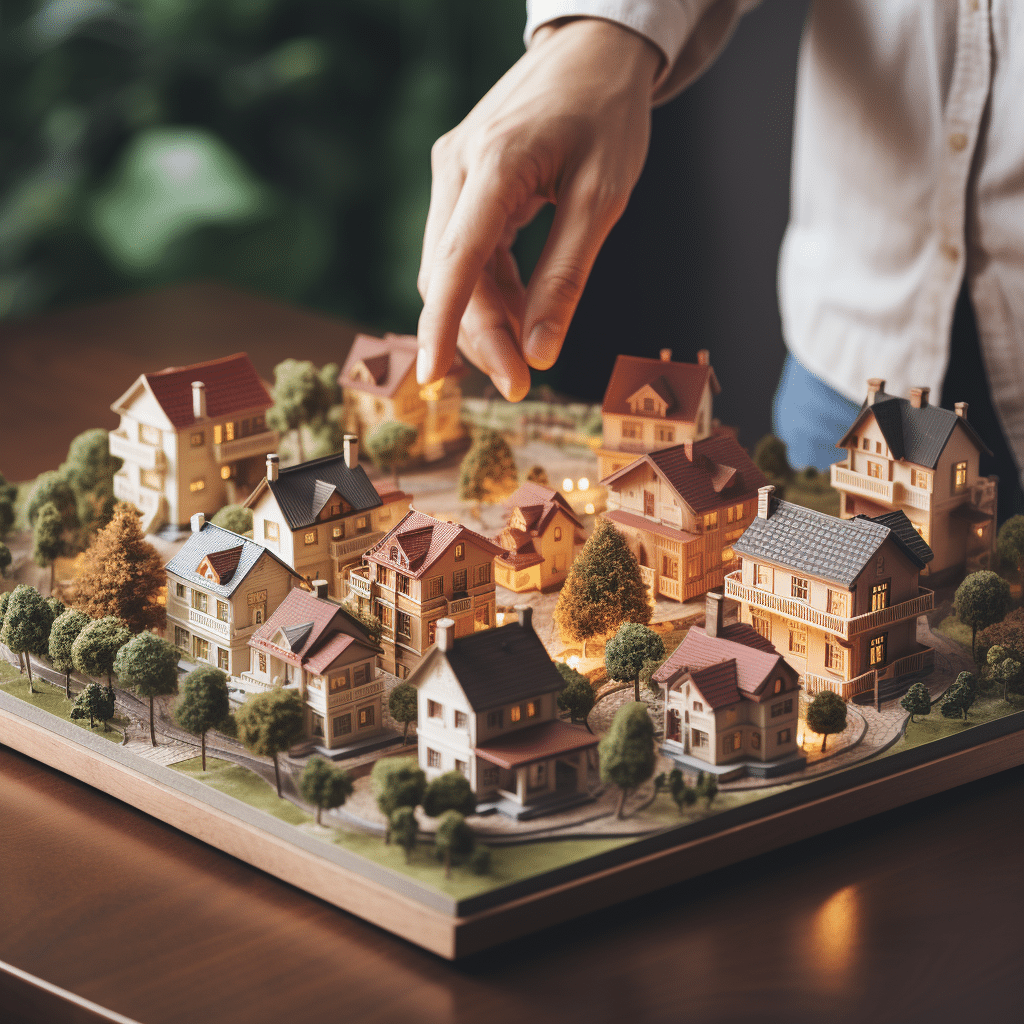
ARV Real Estate: Wielding this Numerical Powerhouse For Optimum Profitability
Noticed all the ways ARV serves as a powerhouse for profitable real estate investments? Let’s further decode its potential.
Applying the Concept of ARV in the Real Estate Landscape
Applying the concept of ARV involves a keen understanding of your property’s potential value post-renovation. This includes factoring in Property-related Fees, repair costs, and then strategically adjusting your initial investment to ensure profitability.
The Strategic Importance of ARV in Real Estate Investments
Strategically, ARV is critical in avoiding overpaying for a property. It heights an investor ’ s defence wall against bad investments. When armed with an accurate ARV, you’re less likely to sink too much capital into a property only to sell it at a loss later.
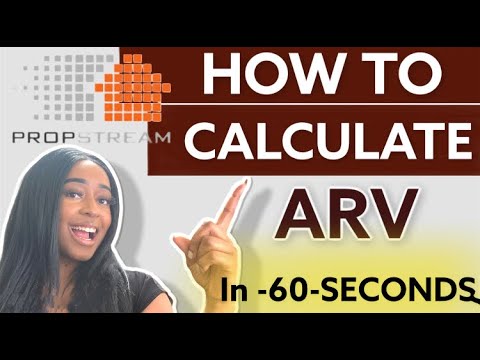
An Analysis of the Advantages and disadvantages of Using ARV in Real Estate
Like all tools, ARV has its ups and downs. Knowledge of these Pros And Cons will ensure that you’re able to use this tool to its maximum potential effect, like cheap chrome nails.
The Pros of Using ARV in Real Estate
When used correctly, ARV is a powerful tool. It offers a clear picture of the value of a property after all the planned upgrades and fixes. This clarity helps potential investors make informed decisions about whether a property is worth their investment, setting them up for successful flips.
The Cons of Using ARV in Real Estate
On the flip side, an inaccurately calculated ARV could lead to significant financial losses. If the repair costs are underestimated, or if the comparables used are not similar enough, the calculated ARV might fall short of expectations. This calls for accuracy and sincerity in calculations.
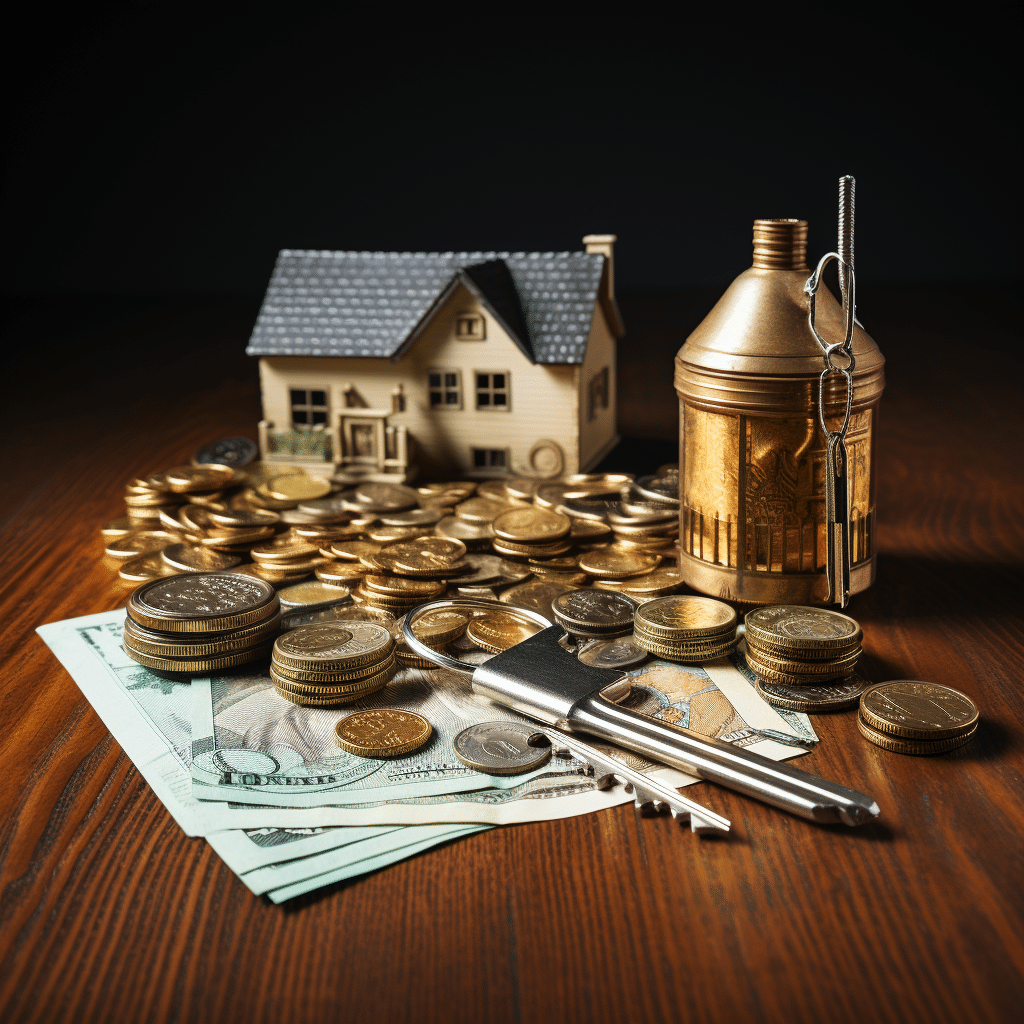
Case Study: Real World Examples of ARV Usage in Real Estate
Real estate is nothing but theoretical without the application. Two case studies add some flesh to the ARV bones.
How ARV Helped in Successful Real Estate Investments: A Case Study
Take the example of a couple looking to invest in their first property. They used the ARV to determine if the house was worth their investment. They paid attention to detail, considered the average cost To build a 1 500 Sq ft house, and sourced out reasonable renovation quotes. They then used an ARV calculator to determine that the house, after renovations, would be worth substantially more than their initial investment. With this assurance, they delved in, and their investment turned out to be a highly profitable flip.
Lessons Learned from ARV Miscalculations: A Case Study
Let’s flip the page. Another investor neglected thorough research, leading to gross miscalculations in computing the ARV. They didn’t account for changing trends in the real estate market and underestimated the cost of renovations. It led to an overblown budget, a delayed project, and eventual financial loss upon selling. Their distress offers a stark reminder about the importance of proper planning and accurate ARV calculations.
Navigating Beyond the ARV: A Peek into the Future of Real Estate Analysis
Let’s look into the future. How will ARV evolve? And what trends should we look out for?
Current Trends in ARV usage and Predictions for the Future
The usage of ARV is not just a trend; it’s become a permanent tool in the repertoire of property investors. With the real estate market continually evolving, it’s certainly a keeper. However, one must always keep abreast with changing market forces and adjust their calculations accordingly.
How ARV may Evolve in Response to Changing Real Estate Market Dynamics
Looking ahead, as real estate markets become more diverse and complex, ARV may need to incorporate new factors. The onset of green buildings, the rising appeal for Stick-built Homes, and tech integration are case examples. This evolution will make the calculation even more nuanced and requires investors to stay informed.
The ARV Session Debrief: Crucial Takeaways and Insights Unearthed
It’s time to put a pin on our exploration. What have we learned, and how will it transform our mortgage landscape?
Key Learnings on the Importance of ARV in Real Estate
In real estate investment, knowledge of the ARV can be your secret weapon. It allows you to make informed decisions about your investments, helping you to turn a profit and avoid common pitfalls. Remember, an accurate ARV = Profitable Investment.
Ground-breaking Insights on the Practical Application of ARV
The ARV isn’t a static figure; it is directly influenced by several factors, such as market trends, renovation costs, and comparable properties. Therefore, investors need to stay alert of these variables and adjust their calculations to remain ahead of the curve.
In conclusion, understanding and effectively applying the concept of ARV in real estate investment can open doors to profitable deals. While ARV is a mighty tool, using it accurately and strategically is key. Safe flipping!
How is ARV calculated?
How is ARV calculated?
All right, let’s break it down! The After Repair Value (ARV) of a property is calculated by adding its purchase price to the value of renovations. It’s like taking baking ingredients and assessing the worth of the cake once it’s baked!
What is a good ARV in real estate?
What is a good ARV in real estate?
In real estate, a good ARV is typically a value high enough to sell the property at a profit, after equating all renovation and holding costs. Think of it as hitting the sweet spot where the profit joyfully outweighs costs.
What is an example of ARV in real estate?
What is an example of ARV in real estate?
Well, say you buy a property for $100,000 and put in $20,000 for renovations. The newly refaced property would be worth $120,000 – that’s its ARV! Kinda straightforward, eh?
How do you calculate ARV in real estate?
How do you calculate ARV in real estate?
Simply said, to calculate ARV in real estate, you add the home’s purchase price to the cost of renovations. Consider it as math made easy in real estate!
What is the 70% rule in house flipping?
What is the 70% rule in house flipping?
The 70% rule is a handy tool for house flippers. Basically, it suggests that an investor should pay no more than 70% of the ARV of a property, minus the cost of renovations. It’s like a silver bullet for avoiding overpaying.
What is the 2% rule in real estate?
What is the 2% rule in real estate?
The 2% rule in real estate stipulates that your monthly rent should be at least 2% of the purchase price. It’s kind of like the golden rule of rental profitability.
What is the 50% rule in real estate?
What is the 50% rule in real estate?
In the glorious world of real estate, the 50% rule states that, on average, expenses on a property will equal 50% of the income it generates. It’s like the north star guiding rental property investors.
How do appraisers determine ARV?
How do appraisers determine ARV?
Appraisers determine ARV by examining the property and comparing it to similar properties that have recently sold in the area. Imagine it like a cocktail party comparison among houses.
Who determines the ARV of a home?
Who determines the ARV of a home?
Bingo! It’s usually a licensed appraiser who determines the ARV of a home by analyzing recent sales of similar properties nearby, like Sherlock deciphering a mystery!
Is ARV the same as appraised value?
Is ARV the same as appraised value?
Well, not quite. While they may seem similar, the ARV considers the future value after renovations, while the appraised value reflects the current market value, pre-renovations—it’s like a before-and-after snapshot.
What is a maximum allowable offer?
What is a maximum allowable offer?
This is the highest amount an investor is willing to pony up for a property. It is calculated by subtracting the expected repair costs and desired profit from the ARV. It’s like setting a spending cap on a shopping spree.
What is cap rate in real estate?
What is cap rate in real estate?
Cap rate, or capitalization rate, is a real estate valuation measure that calculates the ratio of the property’s net operating income to its current market value. Basically, it’s like the heartbeat rate of a property’s profitability.
What is the 75% ARV rule?
What is the 75% ARV rule?
Well, the 75% ARV rule is an investing principle that suggests you shouldn’t pay more than 75% of a property’s after repair value, minus the repair costs. Think of it as a kind of safeguard against biting off more than you can chew.
Is House Flipping a Good investment?
Is House Flipping a Good investment?
House flipping can be a good investment. However, like all investments, it can also swing the other way—it’s not a guaranteed home run. Success relies on selecting the right property, accurately estimating costs, and ensuring a profitable sale price.
What is the 75% ARV rule?
How do you calculate ARV and Mao?
Okay, here you want to calculate two things: The ARV, by adding the purchase price to the renovation value. Then the MAO, by subtracting the expected repair costs and desired profit from the ARV. Simple as boiling eggs—once you get the hang of it!
How do you calculate ARV and Mao?
How do you calculate art adherence percentage?
Art adherence percentage calculation involves dividing the total number of doses taken by the total number of doses prescribed, and then multiplying that number by 100. It’s like taking attendance in a classroom!
How do you calculate art adherence percentage?
What is the difference between LTV and ARV?
Loan-to-Value (LTV) is a ratio that compares the amount of a loan to the value of the property it’s used for. Meanwhile, ARV projects the future value of the property after renovations. Think of LTV as what you owe, and ARV as what it could be worth.



